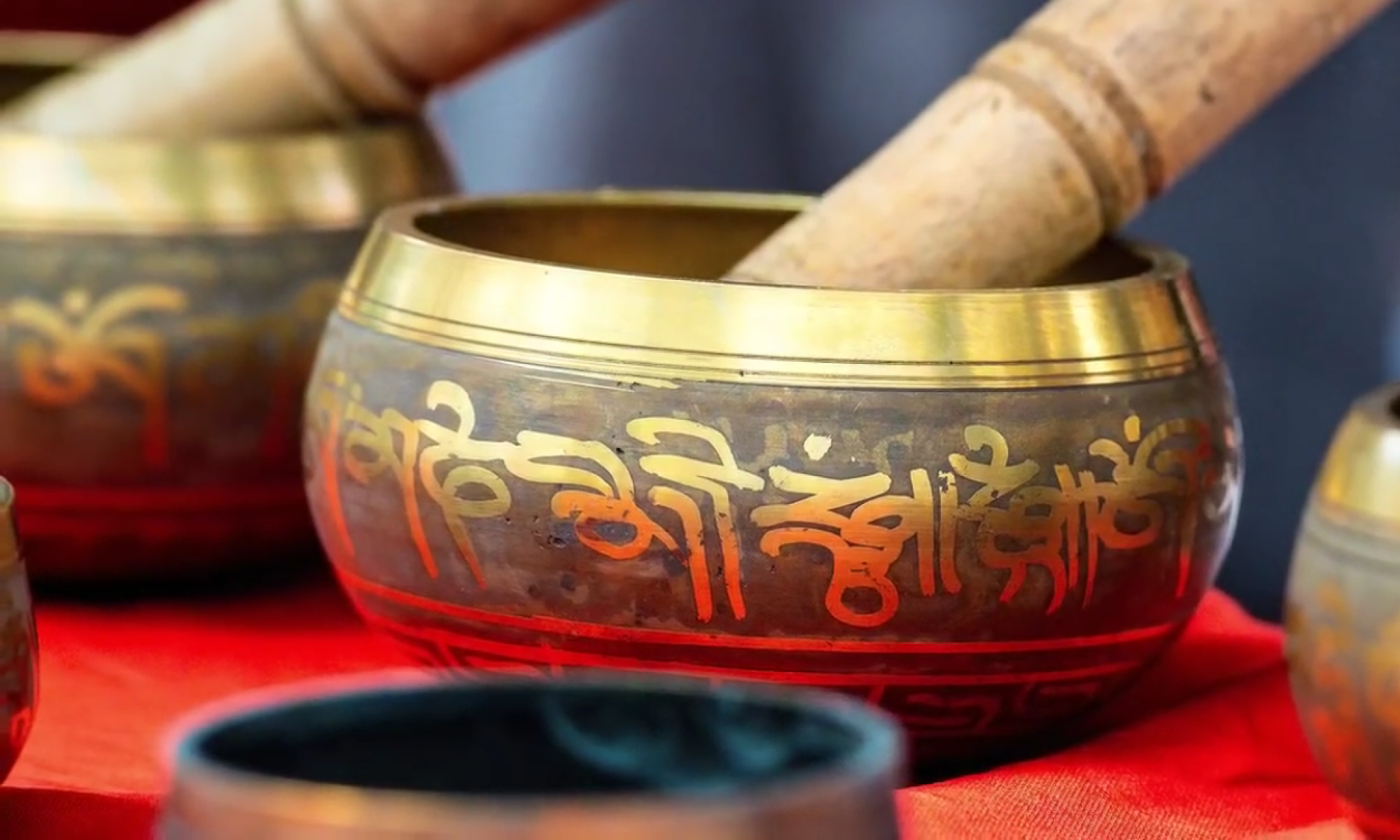Today, I want to relate to you the teachings on gratitude that I learned from Father Eli back in 1973. From my point of view, the expression of gratitude is one of the components of inner peace and a happy life. Things have really changed for me since I began practicing gratitude.
Father Eli taught that gratitude is a means of preparing yourself for an excellent Mindfulness Break. He taught us to think about the things that we are grateful for and recommended that we make a list. He taught us to go over the events of the day when we reached a state of relaxation in our daily practice and find three things we were grateful for that day. When we count our blessings, we tune into our higher selves and come in contact with our inner knowing.
Father Eli writes regarding the old saying,
“I felt bad because I had no shoes until I met a man who had no feet.” Probably the man who had no feet felt bad until he met a man who had no arms or legs and lived in a basket. Perhaps the man in the basket then could compare himself to the man dying in extreme pain and say, “At least I’m comfortable in my basket.” (Second Book of Wisdom, Lesson 18.)
Eli said that there is always something to be grateful for. One of the most important things is the opportunity to work towards awakening in this life. When you tell someone you are thankful for what they did, they tend to do more for us. He gives the example of a child. You bring a child a gift and he shows his gratitude with thanks and kisses and the next time you see him, you’ll bring another toy. But if he is not grateful, you are not likely to bring a gift the next time you see him.
What are you grateful for today? List three things and tell me why.



